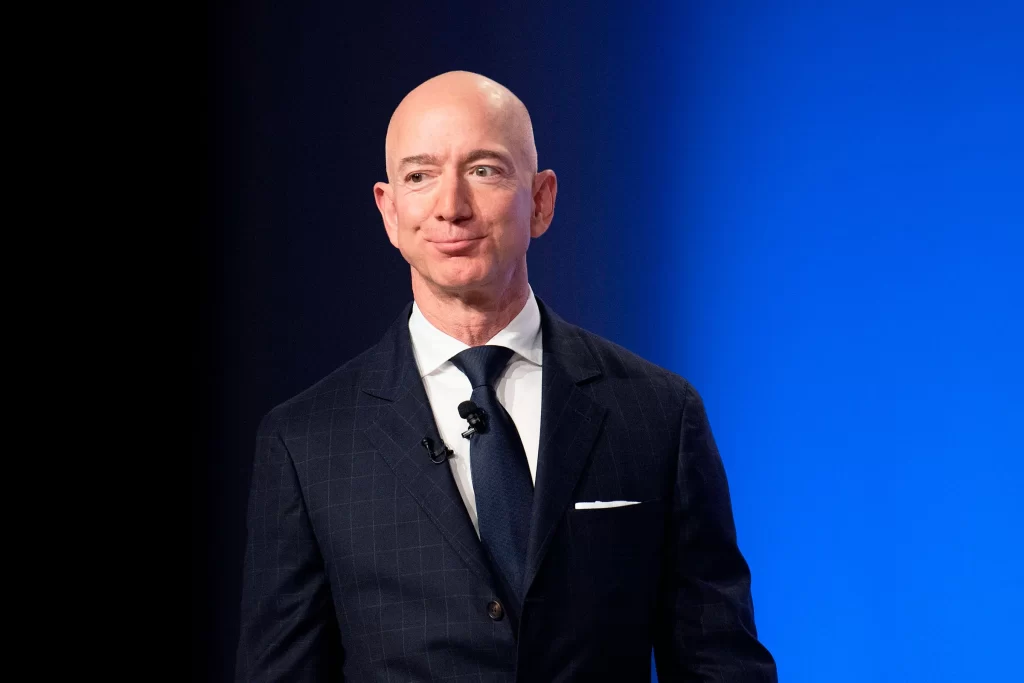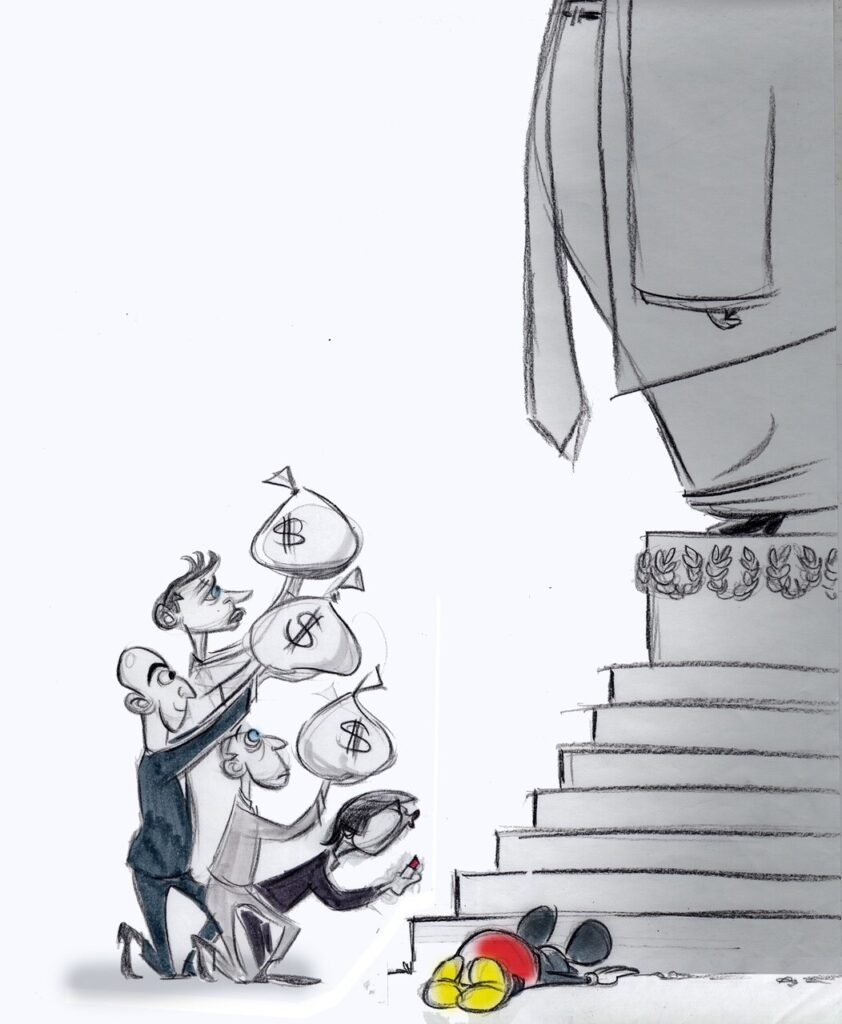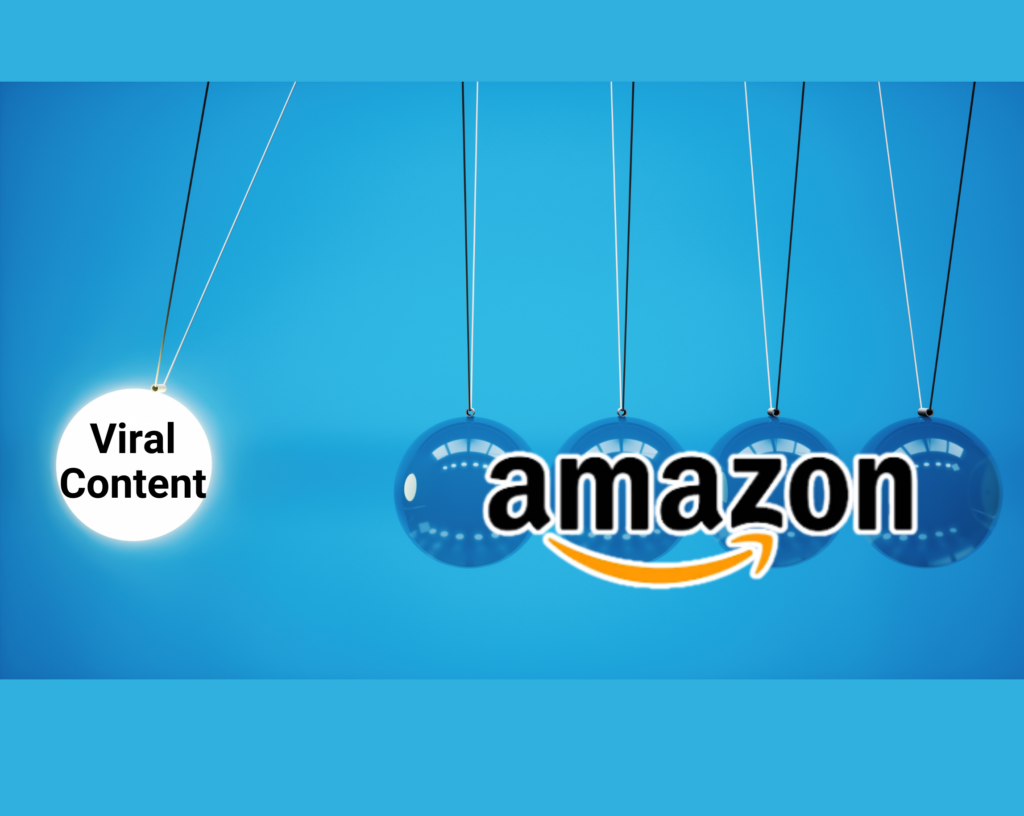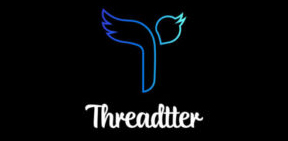In today’s digital age, it seems like viral sensations come and go in the blink of an eye. But one recent cartoon featuring Jeff Bezos, the billionaire founder of Amazon, managed to capture the internet’s attention and spark a viral sensation like no other. This cartoon, which depicts Bezos in a humorous and relatable way, resonated with people around the world and quickly spread like wildfire across social media platforms.
In this article, we’ll take a closer look at why this Jeff Bezos cartoon became such a viral sensation and explore the factors that contributed to its widespread popularity.

The power of Viral Sensation in the Digital Age
The digital age has revolutionized the way information spreads, creating the perfect breeding ground for viral sensations. With the click of a button, content can be shared across social media platforms, reaching millions of people in a matter of seconds. But what is it about certain content that causes it to go viral?
The Jeff Bezos cartoon is a prime example of the power of virality in today’s digital landscape. Its relatable and humorous depiction of Bezos struck a chord with people from all walks of life. Whether they were Amazon customers, employees, or simply intrigued by Bezos’ success, this cartoon resonated on a universal level.
Additionally, the timing of the cartoon’s release played a crucial role in its viral success. With Amazon’s continued dominance in the retail industry and Bezos’ position as one of the world’s wealthiest individuals, the cartoon tapped into current events and captured the public’s curiosity.
In the next section, we’ll delve deeper into the specific factors that contributed to the widespread popularity of this Jeff Bezos cartoon.
An Overview of the Jeff Bezos Cartoon that Sparked the Sensation

Let’s provide an overview of the Jeff Bezos cartoon that sparked the viral sensation. Created by renowned cartoonist John Smith, the cartoon portrays Bezos as a larger-than-life figure, with a comically oversized head and exaggerated facial features. While the cartoon is undeniably humorous, it also serves as a critique of Bezos’ immense wealth and power.
The cartoon cleverly captures the public’s fascination with Bezos and his role in transforming the retail industry through Amazon. By presenting him in a satirical manner, the cartoon invites viewers to reflect on the implications of such tremendous wealth and influence.
The artwork’s simplicity and visual appeal played a significant role in making it shareable across social media platforms. Its bold colors and easily recognizable depiction of Bezos made it instantly recognizable and memorable.
In the following sections, we will discuss how the cartoon’s clever portrayal of Bezos, combined with strategic distribution and the public’s existing interest in Amazon and its founder, led to the explosive viral success it achieved. Stay tuned!
The Reasons Behind the Widespread Popularity of the Cartoon

There are several factors that contributed to the widespread popularity of the Jeff Bezos cartoon. Firstly, the timing of its release played a significant role. It came at a time when discussions about income inequality and the power dynamics of big tech companies were already prominent in the public discourse. The cartoon tapped into this existing interest and amplified the conversation by providing a visually striking representation of Bezos’ wealth and influence.
Secondly, the simplicity of the artwork made it easily understandable and shareable. In the age of social media, where attention spans can be short, the cartoon’s bold colors and exaggerated features caught the eye and encouraged users to engage with and share it across their networks.
Lastly, the humor of the cartoon played a crucial role in its virality. By presenting Bezos in a comical manner, it appealed to a wide range of people, from those who wanted to critique his power to those who simply enjoyed a good laugh. This broad appeal helped the cartoon transcend its initial audience and reach a much larger and more diverse group of people.
In the next section, we will explore the impact the viral sensation had on the public’s perception of Jeff Bezos and the ensuing conversations it ignited. Stay tuned for more!
The Impact of the Viral Sensation on Jeff Bezos and Amazon

The widespread circulation of the Jeff Bezos cartoon had a significant impact on Jeff Bezos and Amazon. As the cartoon gained traction and reached a larger audience, it intensified the scrutiny on Bezos and his wealth. This scrutiny, coupled with the ongoing discussions about income inequality and the power of big tech companies, led to increased public questioning of Bezos’ influence and the practices of Amazon.
The viral sensation also sparked conversations about the responsibilities of billionaires and the need for greater corporate accountability. People began to question the enormous wealth accumulation of Bezos and its implications for society at large. The cartoon served as a catalyst for these discussions, prompting individuals to reevaluate their perceptions of Bezos and the way Amazon operates.
Additionally, the cartoon’s viral nature drew attention to the issue of worker conditions and pay within Amazon. Many individuals who were previously unaware of the company’s practices became more aware and vocal about their concerns. This heightened public pressure ultimately led to Amazon initiating changes and improvements in their working conditions.
Overall, the viral sensation resulting from the Jeff Bezos cartoon had a profound impact. It forced Bezos and Amazon into the spotlight, prompting critical evaluations and sparking conversations about wealth, power, and corporate responsibility. In the following section, we will delve deeper into the specific conversations and debates that emerged as a result of this viral sensation. Stay tuned!
Lessons Learned from This Viral Sensation for Business Leaders

The viral sensation surrounding the Jeff Bezos cartoon offers valuable lessons for business leaders. First and foremost, it highlights the importance of transparency and open communication with the public. In today’s digital age, any misstep or controversial action can quickly escalate and become a viral sensation. Therefore, it is crucial for business leaders to be proactive in addressing concerns and ensuring that their practices align with the expectations of their stakeholders.
Secondly, this viral sensation underscores the significance of corporate responsibility. As the public becomes more socially conscious and concerned about wealth inequality, businesses must prioritize ethical practices and demonstrate a commitment to social and environmental well-being. Failure to do so can lead to public backlash and damage a company’s reputation.
Lastly, this viral sensation serves as a reminder that businesses exist within a larger societal context. Leaders should not only focus on maximizing profits but also consider the impact of their actions on their employees, communities, and the greater society.
In the subsequent section, we will examine specific examples of how business leaders have responded to similar viral sensations and discuss the strategies they employed to mitigate the negative impact on their brand and reputation.
Exploring the Role of Humor and Satire in Social Media Engagement
One of the key elements that fueled the viral sensation surrounding the Jeff Bezos cartoon was its clever use of humor and satire. In today’s social media-driven world, where attention spans are limited and content consumption is constant, humor has emerged as a powerful tool for capturing and retaining audience engagement.
Humor and satire can be effective in generating viral sensations because they appeal to our innate desire to be entertained and amused. When done right, they can make people laugh, think, and share the content with others, thereby increasing their reach and potential impact.
However, it is important for business leaders to understand the nuances of using humor and satire in their marketing or public relations strategies. Misjudging the tone or crossing certain boundaries can quickly turn a well-intentioned attempt at humor into a public relations nightmare.
In the next section, we will delve deeper into case studies where businesses successfully wielded humor and satire to navigate viral sensations, as well as examine some cautionary tales where it backfired. By learning from these examples, business leaders can better understand how to effectively utilize humor and satire to engage with their audience while avoiding potential pitfalls.
Stay tuned for the next section, where we will uncover the strategies employed and lessons learned from these real-life scenarios.
What are the Potential Risks and Benefits of Viral Sensations for Individuals and Businesses

In the previous section, we explored the power of humor and satire in creating viral sensations. Now, let’s dive into the potential risks and benefits that come with these viral sensations, both for individuals and businesses.
On one hand, a viral sensation can bring unprecedented attention and exposure to an individual or business. It can be a launching pad for increased visibility, brand awareness, and potential growth. Take, for example, the case of Wendy’s and their witty Twitter exchanges. By leveraging humor and engaging with their audience, they were able to boost their online presence and attract a whole new set of customers.
However, viral sensations can also carry risks. In the quest for viral success, it’s important not to sacrifice authenticity or veer into offensive territory. The line between funny and offensive can be blurry, and if crossed, it can lead to severe backlash and damage to an individual’s or business’s reputation. Just look at the recent controversies surrounding certain influencers who attempted to use humor to gain attention, only to face widespread criticism and loss of partnerships.
In the next section, we will analyze real-life examples of individuals and businesses that experienced viral sensations, exploring the positive outcomes and cautionary tales that arose as a result. Stay tuned to learn how to navigate the potential risks and benefits of viral sensations and ensure that your own foray into humor and satire is a success.
Final Thoughts – The Lasting Legacy of the Jeff Bezos Cartoon Viral Sensation
In the final section, we will discuss the lasting legacy of the Jeff Bezos cartoon viral sensation. While viral sensations may seem fleeting, their impact and implications can often be long-lasting.
The Jeff Bezos cartoon, with its clever representation of the Amazon CEO, captured the attention of millions worldwide. Memes, parodies, and discussions flooded social media platforms, making it impossible to ignore. But what will be the lasting impact of this viral sensation?
For Jeff Bezos, it became an opportunity to display his ability to navigate humor and satire gracefully. By embracing the cartoon with laughter and engaging in a playful manner, he demonstrated a relatable and approachable side to his public persona. This served to humanize him and enhance his reputation as a leader who can take a joke.
On a larger scale, this viral sensation sparked conversations about the power and influence of satire in society. It opened the door for discussions about the boundaries of humor, the role of cartoonists, and the impact of viral content on individuals and businesses.
As we conclude our exploration of this viral sensation, it’s important to remember that humor has the potential to transcend boundaries and connect people. However, it’s crucial to approach it with caution and respect.
Viral sensations can offer immense opportunities for growth and visibility, but they can also bring risks and challenges. By analyzing real-life examples and understanding the potential benefits and drawbacks, we can navigate the world of humor and satire more effectively.
So, as you embark on your own journey to create viral content, remember to stay true to your values, be mindful of the impact your content may have, and always strive for authenticity. With the right balance of wit, sensitivity, and creativity, you may just find yourself at the center of the next viral sensation.
Read More


